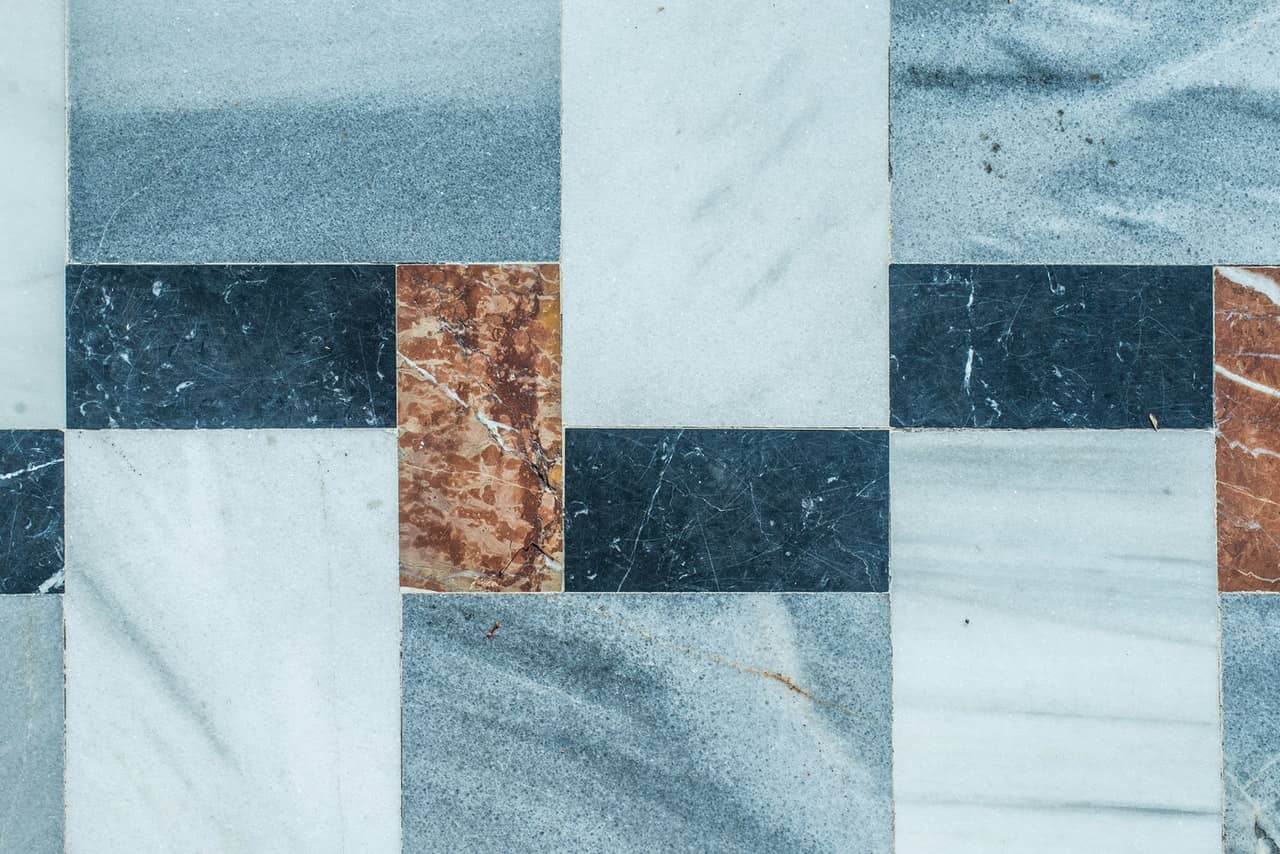Table of Contents
If you have tiles at home, then chances are you’ve had your fair share of tiling problems as well. Most of the time, these problems are a result of inadequate planning or improper maintenance. Even though tiles can make a durable and appealing addition to your floors, this doesn’t mean that you don’t have to do anything to take care of them. As long as you stick to tile care basics, you can continue having tiles for your home with little problem. Read on to learn more.
Major tiling problems
There are several tiling-related issues. However, in the article, we discuss a few majors issues faced with tiling.
Dirty surface
Many homeowners who don’t know the basics about tile applications may run the risk of not undergoing surface preparation. They may think that it’s enough to cover the floors with the tile adhesive and begin applying the tiles — but this shouldn’t be the case.
how to clean dirty tiles floor
Before you begin your tile application, you want to make sure that the existing surface is free from dust, dirt, or grime. Here’s how:
- First, you’ll want to sweep off the floors to make sure that no dirt is present.
- If you’re doing the installation yourself, you can remove the previous flooring using a hammer or a pry bar. Make sure you’re following safety precautions while doing so.
- Remove all existing residue while sweeping dirt now and again to ensure a clean surface. Once it’s spotless, you can now begin applying your adhesive according to the manufacturer’s recommendations.
Chipped tiles
Chips on your tiles may be another problem that you’ll encounter. In most cases, these chips or cracks occur because your tiles have been subject to heavy loads that they can’t support. They may also be due to poor surface preparation or concrete expansion.
How to repair chipped tiles
- Fortunately, you can avoid damages to your tile by applying slip sheets or a layer of isolation membrane on the surface. Simply put, an isolation membrane helps your tiles “move” together with the surface underneath them.
- You may not be aware, but concrete may expand due to exposure to extreme heat and temperature — this leads to cracks. You can prevent the cracking from affecting your floors’ outermost layer or your tiles with an isolation membrane.
Uneven grouting
Poorly-applied grouting can be unattractive to look at on your tiled floors. Correcting a jointing compound that’s already dried can be difficult, as you may need to rework an entire section of your floors. With this in mind, it’s always best to know the right techniques for adequately applying a grout seal on the joints. Here are the primary materials you’ll need: putty knife, grout float, tile sponge, and masking tape.
How to level tile on uneven floor
- For removing existing grout, you’ll need to use a putty knife to get the job done. Next, you’ll want to apply a layer of masking tape near the grout of your tiles. This is so that your tiles will be protected.
- Mix your grout until it achieves a thick consistency. Now you can start applying the compound on small sections of your tiles using the grout float.
- Once you’re already in the motions of applying the grout, make sure that you’re moving the float in a diagonal motion to ensure that the grout seeps into the joints. Clean any excess grout using the sponge.
Mold under tiles
Tiles that are more prone to molding are located in areas that have high moisture or humidity levels. These are usually wet areas like bathrooms, kitchen spaces, dining room countertops, or garages.
How to avoid mold on tiles
- To avoid mold growth in the first place, you’ll need to make sure that you’re lowering your home’s humidity levels. For your bathroom, consider installing ceiling ventilation, like an exhaust fan. After every time you take a bath, for example, it’s best to leave the exhaust fan running for at least 30 minutes more.
- If your bathroom tiles have already been afflicted with mold, you need to rework individual sections with mold presence. Alternatively, you can apply a distilled vinegar solution to get rid of it.
- Using a bottle, spray on the tiled areas that have mold. Ensure that you don’t add any water to the mixture, as this can reduce the cleaning agent’s efficiency. Allow the solution to set for an hour. Then, you can begin scrubbing it afterward. Repeat this step until the mold disappears or the tiled surface appears clean.
Loose tiles
Your floors are arguably one of the most-used areas of your home. For tiled surfaces, it can be common to experience cases of loose tiling. This problem can be commonly attributed to poor installation practices, such as inadequate surface preparation or insufficient adhesive or grout.
How to fix loose floor tiles
- When fixing loose tiles, you may need to remove the sections that are affected. Chip off the grout and adhesive using a durable putty knife.
- Make sure that you’re doing this carefully to avoid damaging the tile. You’ll then want to apply a significant amount of adhesive to secure the tile back in place.
- Apply pressure on the tile so that it will be on the same elevation as the surrounding tiles. Finish off the task by applying the grout.
Key Takeaway
Taking care of your tiles at home is essential if you want to maintain their quality. While tiles may make great additions to any part of your house, they’re not necessarily susceptible to defects and damages. Most of these tile problems are caused by the improper application and use of materials — but as long as you follow the tips above, you can easily have beautiful and functional tiles for the home.




Hi there everyone, it’s my first pay a visit at this web site, and piece of writing is actually fruitful for me,
keep up posting these content.
Thank you for the kind words.